Direction (1-5): Study the following information carefully and answer the given questions:
Seven florists namely P, Q, R, S, T, U, V sell different flowers i.e., rose, marigold, lotus, daffodil, lily, sunflower and jasmine but not necessarily in the same order. They have three different number of shops 2, 4 and 5. At least two persons have same number of shops.
T sells jasmine and has same number of shops only with the one who sells marigold. S sells Sunflower and has 2 shops. The difference between the number of shops of P and U is an even number. The ones who sell Lotus and Daffodil have same number of shops. The one who sells lotus has the least number of shops. P sells rose and R has 4 shops. T has more shops than V. Q does not sell lotus and Daffodil. U does not sell lotus. P has more shops than U.
Q1. Who among the following represents the persons who sells lily?
(a) P
(b) R
(c) Q
(d) T
(e) None of these
Q2. Which of the following represents the group of persons having maximum number of shops?
(a) P, T
(b) R, U
(c) Q, P
(d) T, Q
(e) None of these
Q3. Which of the following sells sunflower?
(a) P
(b) R
(c) Q
(d) T
(e) None of these
Q4. Which of the following combination is correct?
(a) P-jasmine-4
(b) R-rose-5
(c) Q-lily-2
(d) T-daffodil-4
(e) None of these
Q5. Four of the following five are alike in a certain way and hence form a group, who among the following does not belong to that group?
(a) P
(b) R
(c) Q
(d) U
(e) V
Directions (6-10): In each of the questions below some statements are given followed by some Conclusions. You have to take the given statements to be true even, if they seem to be at variance from commonly known facts. Read all the conclusions and then decide which of the given conclusions logically follows from the given statements disregarding commonly known facts.
(a) If only conclusion I follows.
(b) If only conclusion II follows.
(c) If either conclusion I or II follows.
(d) If neither conclusion I nor II follows.
(e) If both conclusions I and II follow.
Q6. Statements: Some Rose are beautiful
Some dreams are beautiful
All nature is beautiful
Conclusions: I: Some rose are nature
II: No nature is rose
Q7. Statements: All plastic is waste
Some waste are road
No road is cycle
Conclusions: I: Some waste are not cycle
II: Some cycle are plastic
Q8. Statements: Some kites are airplane
All airplane are Boat
Some Boat are Bike
Conclusions: I. All kites are Boat
II. Some kites are not Boat
Q9. Statements: Some property are expensive
No expensive is luxury
All luxury are Lens
Conclusions: I. Some property is not luxury
II. Some Lens are not expensive
Q10. Statements: All clock are wall
No wall is gold
All gold is silver
Conclusions: I. All Clock is not Gold
II. All silver can never be wall
Directions (11-15): Study the following information carefully and answer the questions given below:
In a certain code language,
‘Natural reward play energy’ is coded as ‘la pa zi ta’,
‘Clean reward play natural’ is coded as ‘pa zi la sa’,
‘Delight play win green’ is coded as ‘na hi ga pa’
‘Natural defence support delight’ is coded as ‘zi mi jo ga’.
Q11. How is ‘win’ coded in the given code language?
(a) na
(b) hi
(c) ga
(d) Can’t be determined
(e) None of these
Q12. What does ‘jo’ stand for?
(a) Defence
(b) Support
(c) Either (a) or (b)
(d) Reward
(e) None of these
Q13. How is ‘win energy’ coded in the given code language?
(a) na ta
(b) hi ta
(c) Either (a) and (b)
(d) la zi
(e) None of these
Q14. Which of the following will be coded as ‘na hi la’ in the given code language?
(a) Reward Win green
(b) Natural Win green
(c) Reward Clean Delight
(d) defence support play
(e) None of these
Q15. How will ‘Natural Clean Delight’ be coded in the given code language?
(a) zi la sa
(b) ga mi zi
(c) sa zi ga
(d) ga na hi
(e) None of these
Solutions
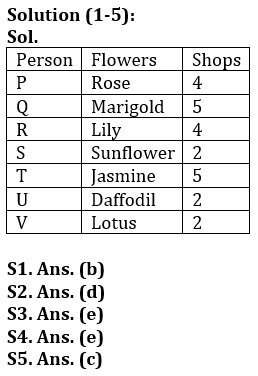
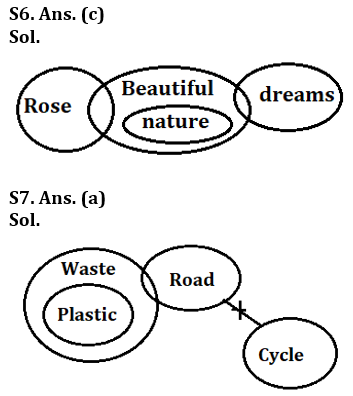
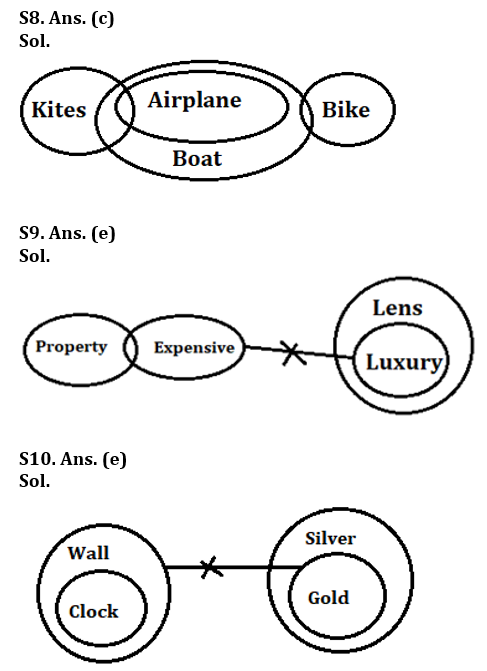
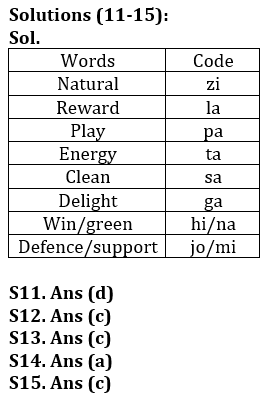



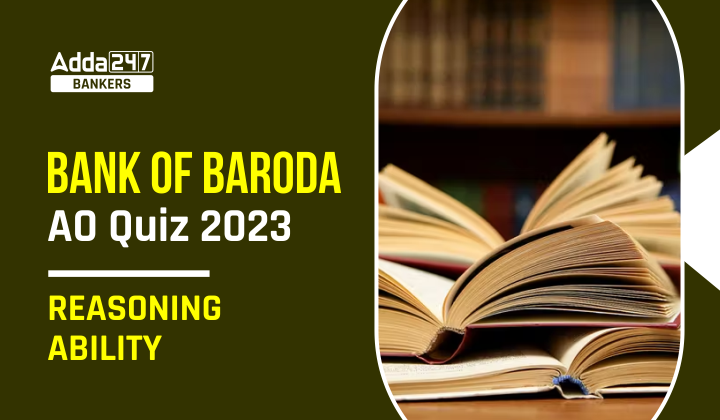

 GA Capsule for SBI Clerk Mains 2025, Dow...
GA Capsule for SBI Clerk Mains 2025, Dow...
 The Hindu Review October 2022: Download ...
The Hindu Review October 2022: Download ...
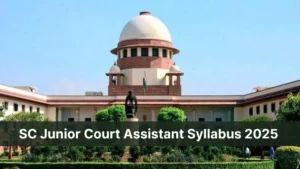 Supreme Court Junior Court Assistant Syl...
Supreme Court Junior Court Assistant Syl...





